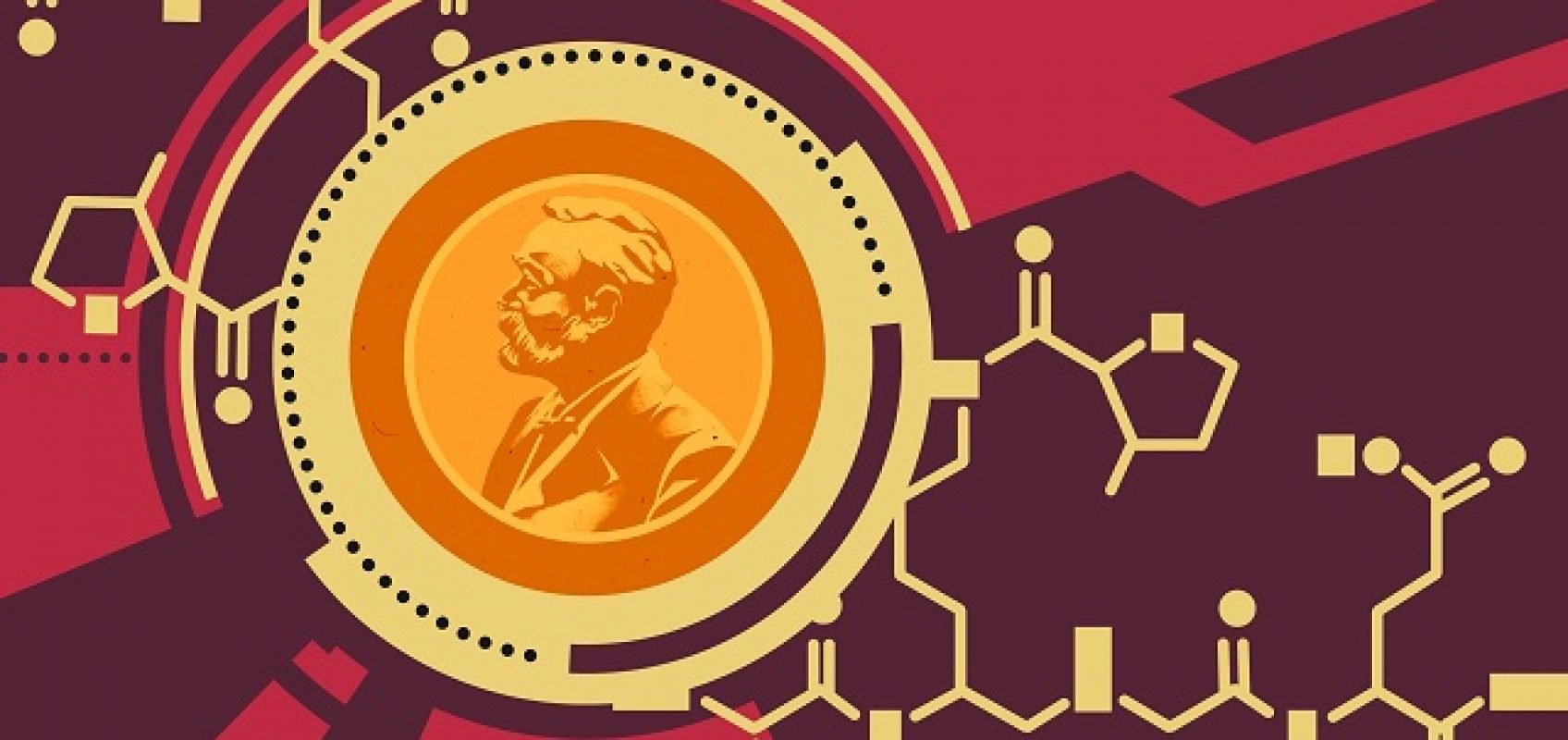Nobel Prize in Chemistry went to scientists for the development of asymmetric organocatalysis

The Nobel Committee announced the winners of the Chemistry Prize. The awards were given to Benjamin List and David Macmillan for the development of asymmetric organocatalysis.
Until relatively recently, only two types of catalysts were known in chemistry: metals and enzymes. Catalysts are substances that control and accelerate chemical reactions. For example, in vehicles, catalysts accelerate the breakdown of harmful substances in fuel exhaust into safe molecules, and in the human body there are many catalysts in the form of enzymes involved in the production of vital molecules. In 2000, List and McMillan independently discovered another type of catalysis, called asymmetric organic catalysis. It is based on organic molecules.
Organic catalysts have a stable carbon skeleton structure, where more highly active chemical groups can attach. They often have common elements: oxygen, nitrogen, sulfur or phosphorus. Due to this composition, they are environmentally friendly and can be easily produced. The production of these molecules is associated with controlled asymmetric catalysis, as a result of which two different molecules appear, having a mirror arrangement by analogy with human hands.
The current laureates have shown that such catalysts are suitable for initiating many chemical reactions. This creates a huge scope for the production of new drugs, solar cells and other important products.
Last year, the chemistry prize went to Emmanuelle Charpentier and Jennifer Doudna for their CRISPR / Cas genome editing technique. In 2019, a trio of researchers - John Goodenough, Stanley Whittingham and Akira Yoshino - became laureates for the creation of lithium-ion batteries. A year earlier, the winners were Francis Arnold (for his work in the directed evolution of enzymes) and George Smith and Gregory Winter (for the phage display of peptides and antibodies).
BREAKING NEWS:
— The Nobel Prize (@NobelPrize) October 6, 2021
The 2021 #NobelPrize in Chemistry has been awarded to Benjamin List and David W.C. MacMillan “for the development of asymmetric organocatalysis.” pic.twitter.com/SzTJ2Chtge
Until relatively recently, only two types of catalysts were known in chemistry: metals and enzymes. Catalysts are substances that control and accelerate chemical reactions. For example, in vehicles, catalysts accelerate the breakdown of harmful substances in fuel exhaust into safe molecules, and in the human body there are many catalysts in the form of enzymes involved in the production of vital molecules. In 2000, List and McMillan independently discovered another type of catalysis, called asymmetric organic catalysis. It is based on organic molecules.
Organic catalysts have a stable carbon skeleton structure, where more highly active chemical groups can attach. They often have common elements: oxygen, nitrogen, sulfur or phosphorus. Due to this composition, they are environmentally friendly and can be easily produced. The production of these molecules is associated with controlled asymmetric catalysis, as a result of which two different molecules appear, having a mirror arrangement by analogy with human hands.
The current laureates have shown that such catalysts are suitable for initiating many chemical reactions. This creates a huge scope for the production of new drugs, solar cells and other important products.
Last year, the chemistry prize went to Emmanuelle Charpentier and Jennifer Doudna for their CRISPR / Cas genome editing technique. In 2019, a trio of researchers - John Goodenough, Stanley Whittingham and Akira Yoshino - became laureates for the creation of lithium-ion batteries. A year earlier, the winners were Francis Arnold (for his work in the directed evolution of enzymes) and George Smith and Gregory Winter (for the phage display of peptides and antibodies).





There are no comments yet :(